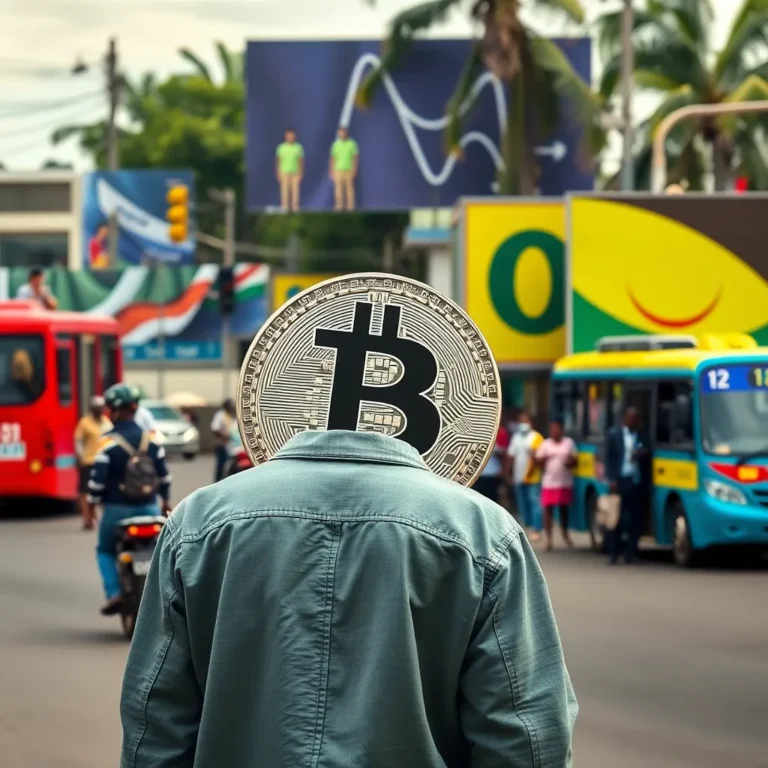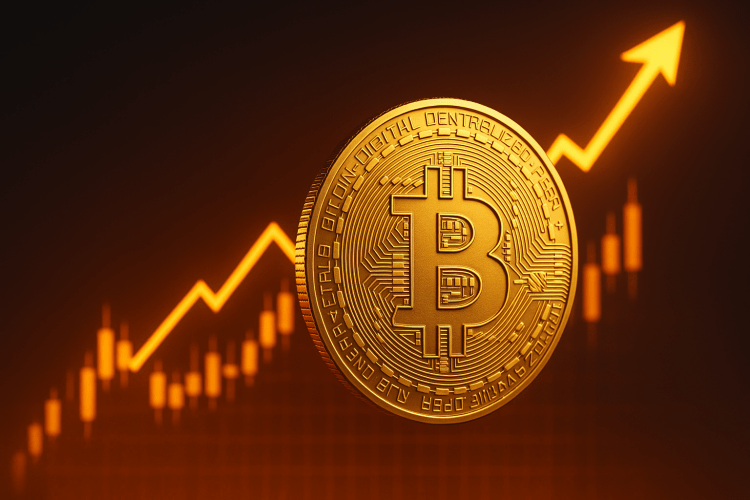Bitcoin’s Scarcity Milestone: Unpacking the 95% Supply Mined
Note: This post may contain affiliate links, and we may earn a commission (with No additional cost for you) if you make a purchase via our link. See our disclosure for more info. The crypto world is constantly changing. This content is for informational purposes only and not financial, legal, or professional advice So, please verify the info on the cryptocurrency provider’s websites.
Bitcoin, a groundbreaking decentralized digital currency, is rapidly approaching a pivotal moment as approximately 95% of its total supply has now been mined, leaving fewer than 2 million Bitcoin yet to be introduced into circulation. This imminent scarcity is not merely a byproduct but a fundamental design principle embedded within Bitcoin's protocol, profoundly shaping its value proposition and future trajectory.
The underlying technology, a proof-of-work blockchain, ensures a secure and transparent distributed ledger. Miners, utilizing specialized hardware, validate transactions and add new blocks to the chain, receiving newly minted Bitcoin as a reward. This process is governed by stringent technical specifications, most notably the hard cap of 21 million Bitcoin, a fixed supply contrasting sharply with the inflationary nature of traditional fiat currencies. This scarcity model is further reinforced by the halving mechanism, which automatically reduces mining rewards by half approximately every four years, progressively slowing the rate of new Bitcoin creation.
Key features of Bitcoin include its decentralized governance, eliminating the need for central authorities; the immutability of transactions, guaranteeing their permanence; and robust censorship resistance. These attributes offer a compelling benefit: a financial system rooted in cryptographic proof rather than reliance on intermediaries. Bitcoin's target audience is broad, encompassing individual investors seeking a digital store of value, institutional entities looking for inflation hedges, and users in economies facing currency instability. As the mining process nears completion, the narrative shifts from supply generation to Bitcoin's role as a mature, finite asset, solidifying its long-term potential as a global, permissionless network for value transfer. This final phase of mining underscores Bitcoin's engineered scarcity, setting the stage for its evolving significance as a truly finite digital commodity.











